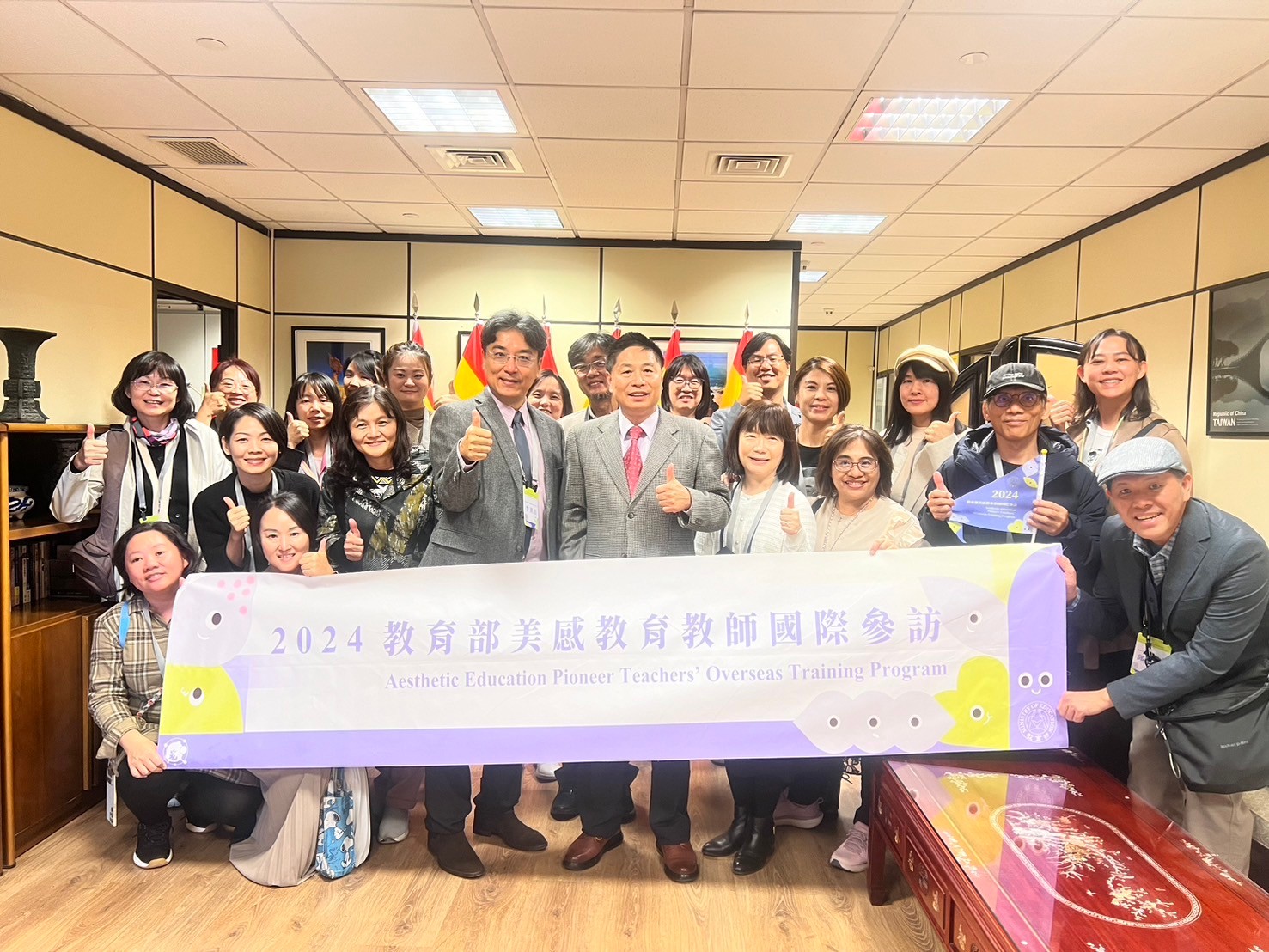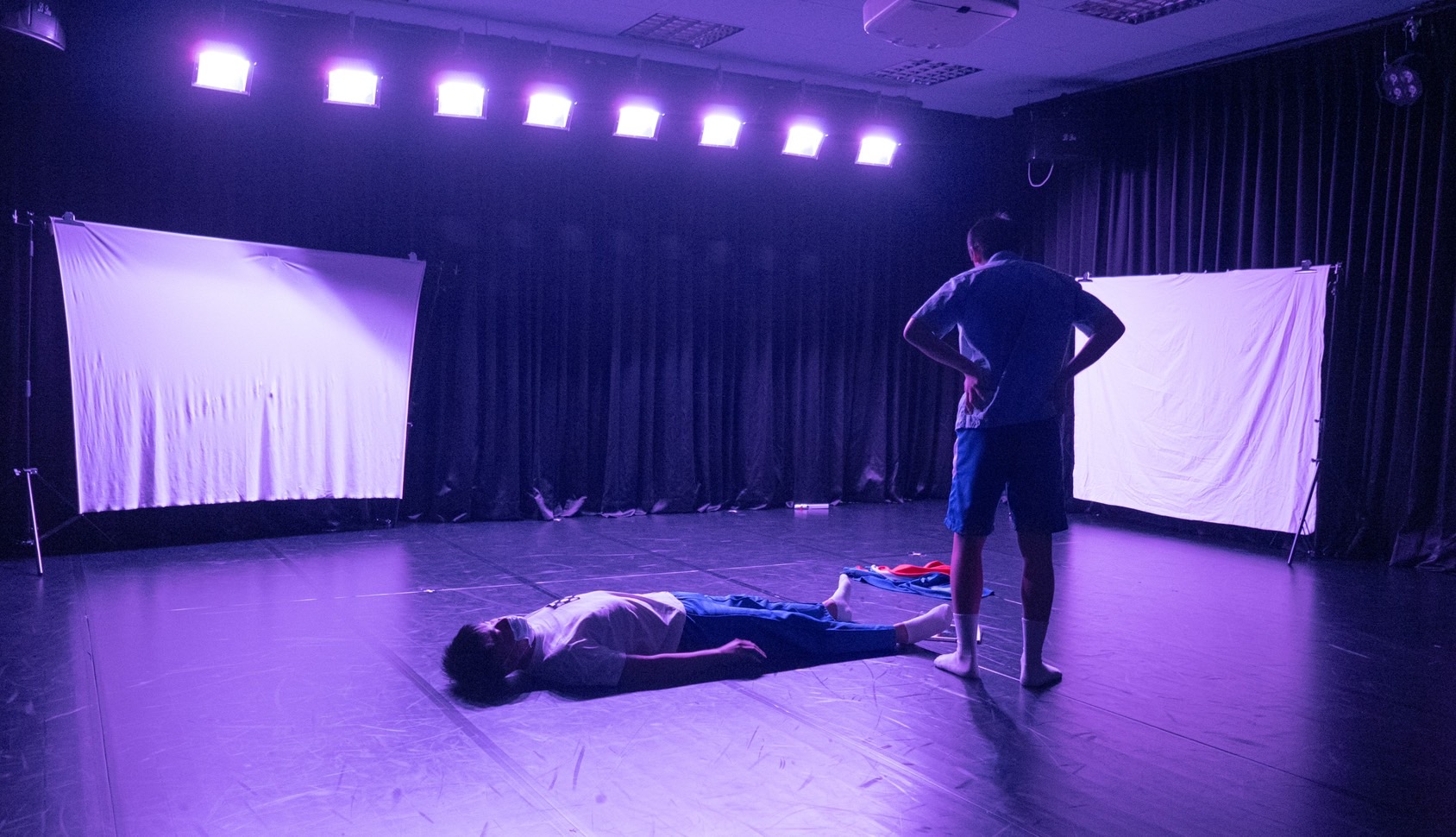Aesthetic education does this> New Taipei City Zhuwei Junior High School’s cross-field teaching that integrates the beauty of disciplines
News source: Future Family/Luo Meiying
News link:https://futureparenting.cwgv.com.tw/family/content/index/6057
It is not about asking students to draw pictures in class, which is cross-field aesthetic education, but about returning to the value of subject knowledge, otherwise it will be just subject art education at best. When designing cross-field aesthetic courses, it must be connected with youth culture in order to resonate and arouse learning motivation.
"Cross-disciplinary" is an important trend in the implementation of aesthetic education internationally. In the past, there were clear barriers between various education subjects in Taiwan. Now, the boundaries of subjects will gradually be broken down. Zhuwei High School in Tamsui is the convening school of the New Taipei City Arts and Humanities Guidance Group. It is also the seed school of the Ministry of Education's "Interdisciplinary Aesthetic Education Experimental Curriculum Development Project for Secondary Schools" and has actually introduced two cross-disciplinary courses with "art" as the core. Field beauty course.
Zhang Qizhen, a visual arts teacher at Zhuwei High School in Central China, said with a smile: "Some teachers call aesthetic education 'senseless education.'" Despite the stimulation from the outside world, many children are indifferent to everything around them and always complain that they are bored. What aesthetic education should do is to guide children to open their five senses, feel the beauty of the world, and master the elements of beauty.
Teamwork and hands-on work are key
When designing a cross-disciplinary aesthetic course, "it must be connected with youth culture to arouse the motivation to learn." Zhang Qizhen collaborated with the seventh-grade home economics teacher to combine animation elements and the Japanese cartoon bento trend, allowing students to design the shape and color of rice balls and knead them. , many students showed their creativity and used ingredients such as seaweed, ham slices and ginger juice to make rice balls in various shapes such as Pikachu and beautiful girls.
Zhang Qizhen said that the cartoon lunch boxes made by Japanese mothers showed their care for their families. After making them, the students discovered that "it turns out that visual beauty can bring a pleasant dining atmosphere."
Zhang Qizhen combines color science with nutrition to teach which foods have their own nutritional value. For example, many black foods are rich in anthocyanins and are good ingredients.
Zhang Qizhen emphasized that teamwork and hands-on work are the keys to promoting aesthetic education. In the activity of "Creating Dishes on Paper", Zhang Qizhen asked students to divide into groups and select dishes. The team discussed and analyzed the colors of the ingredients required and cut out the shapes. If they wanted to "assemble" delicious dishes, the team's color matching and composition were tested. Ability and communication and coordination skills. Through self-evaluation and peer-evaluation, students also learn how to appreciate the beauty of their works.
Creative lesson plans to appreciate the beauty of mathematics
Zhang Qizhen said that it is not that asking students to draw pictures is a cross-field aesthetic education, but that we need to return to the value of subject knowledge, otherwise it will be just subject art education at best.
In Zhang Qizhen’s eyes, mathematics is actually a beautiful subject that pays great attention to order and symmetry. She cooperates with the eighth-grade mathematics teacher to teach students to understand and calculate the “golden ratio” through multiple learning methods, such as: art appreciation, Take photos, hold beauty contests, etc. to let children know the beauty of mathematics.
First, use the proportional formulas students have learned in the past and solve the quadratic equation to find the golden ratio value 1.6182. The golden ratio, which has a sense of stability and harmony, can be seen in art masterpieces such as "Mona Lisa's Smile", "Vitruvian Man", and "The Gleaners". It is not difficult to find applications of the golden ratio in life, such as It is the LOGO of TOYOTA and Apple, and they are also in line with the golden ratio.
What interests students the most is the unique Mathematics Cup Beauty Contest. Two students form a group and use a tape measure to actually measure the golden ratio of the human body, including: total height, face, and the golden section from the eyes to the chin. The person with the closest golden ratio of 1.6182 will be selected from the whole class to win the beauty pageant championship. . Homework is for students to calculate the height of shoes they need to get closer to the golden ratio.
It turns out that mathematics can be so interesting
In addition, the practical part takes into account that middle school students like to take pictures with their mobile phones and teaches them how to apply the "golden ratio" (also known as tic-tac-toe composition) to take pictures. This is a basic introduction to photographic composition. On the transparent slide, draw the golden section that is the same size as the mobile phone screen and cut it out. Use the tic-tac-toe composition method to take portraits of your classmates.
Zhang Qizhen said: "Photography is usually taught in art (visual arts) classes. Students don't like to hear it when teaching theory. But when it is taught in math classes, students like it very much."
The lively mathematics class received enthusiastic response from students. "They broke their stereotypes about mathematics classes and discovered that mathematics can be so interesting and close to life. It can even be connected with beauty, and they can appreciate works of art from a mathematical perspective."
Combining community strength to create civic aesthetics
Civic aesthetics is one of the most important aspects of aesthetic education. Zhang Qizhen plans to combine the seventh-grade civics course and cooperate with the local Zhuwei Studio to take students out of campus and interact with the community. After interviews, a musical instrument store that has been in the area for 17 years was selected to design and paint an iron rolling door for it. From formulating the topic of interviewing the store to designing the prototype pattern, a lot of communication and discussion and teamwork were required.



